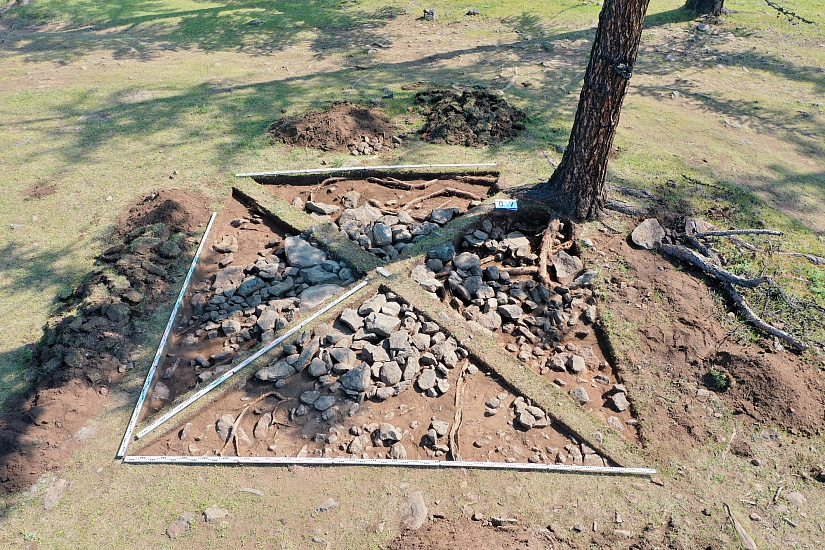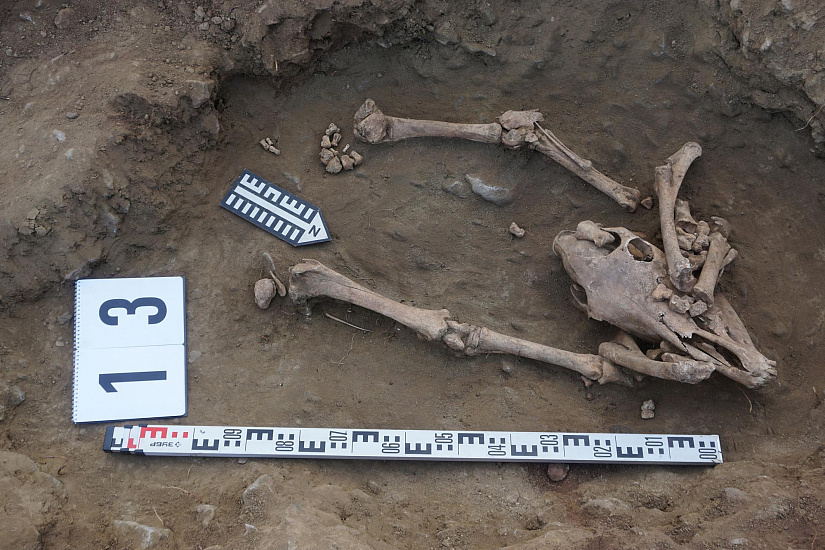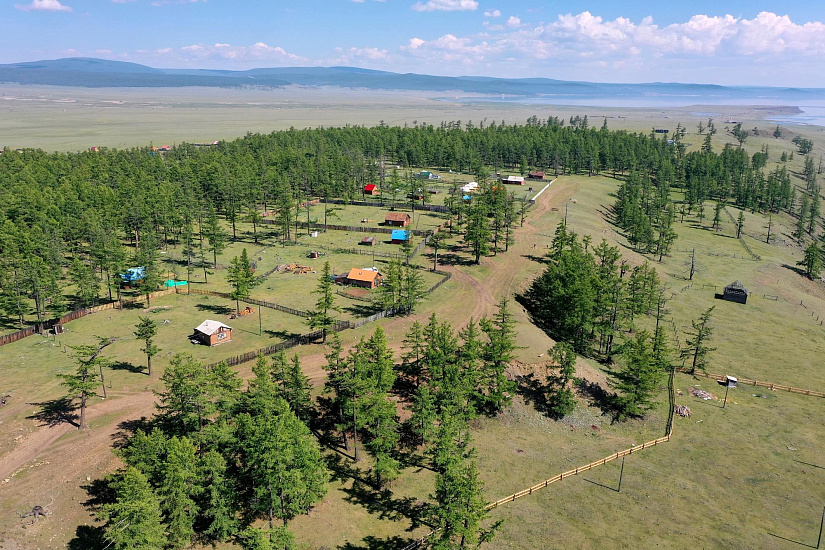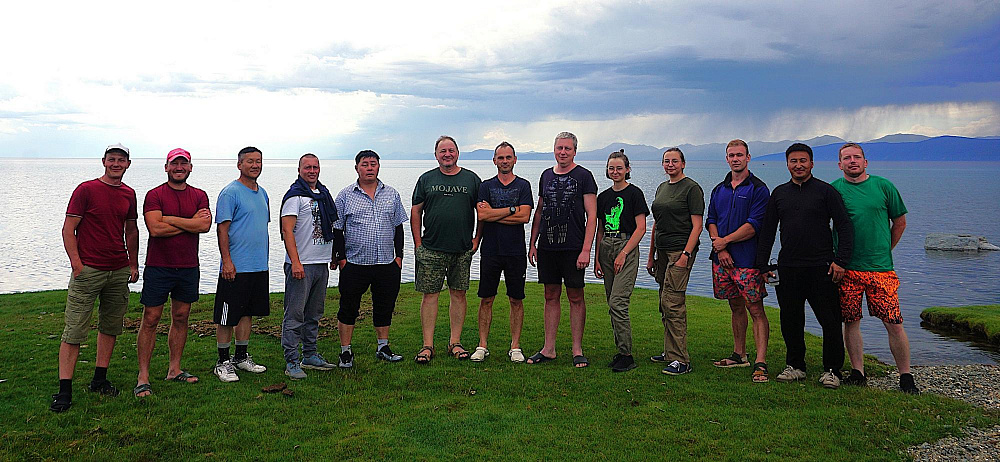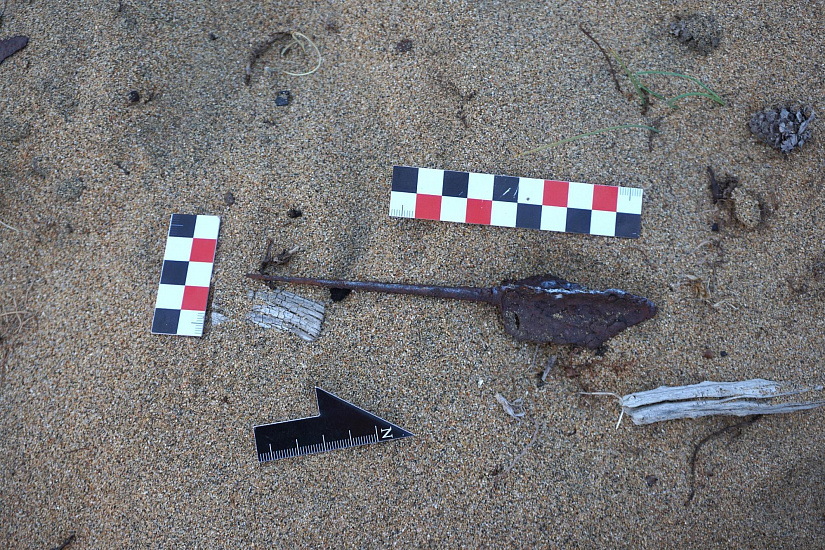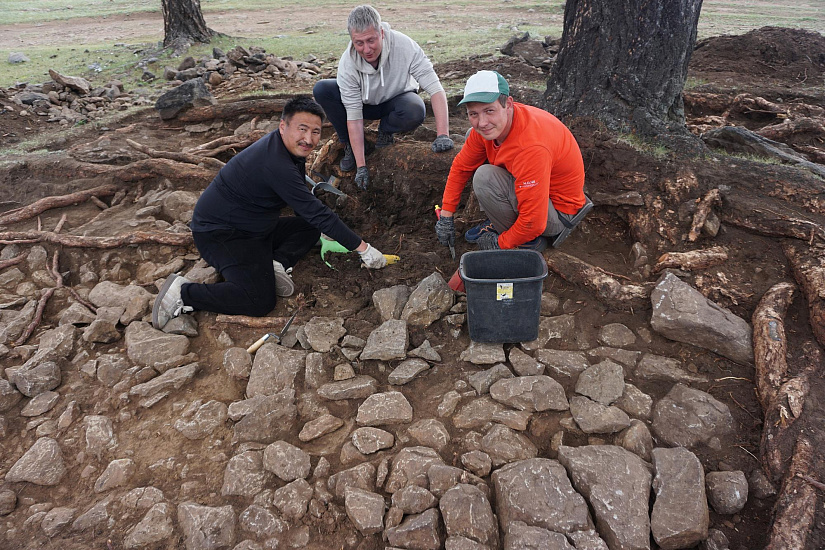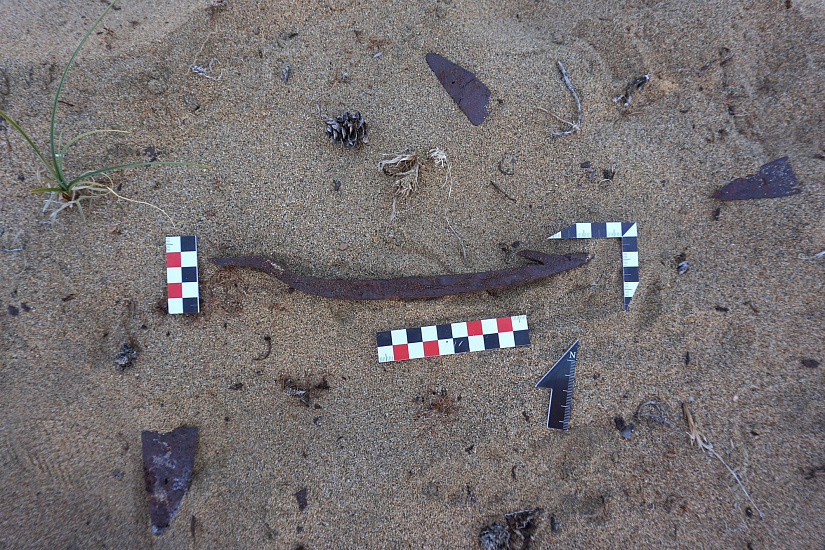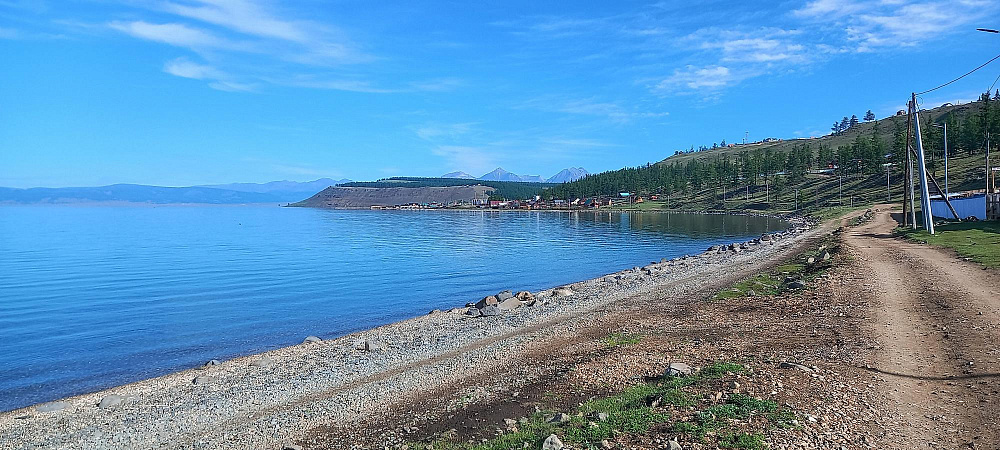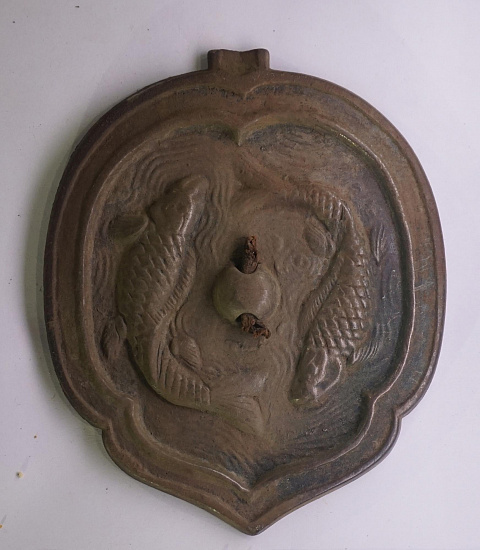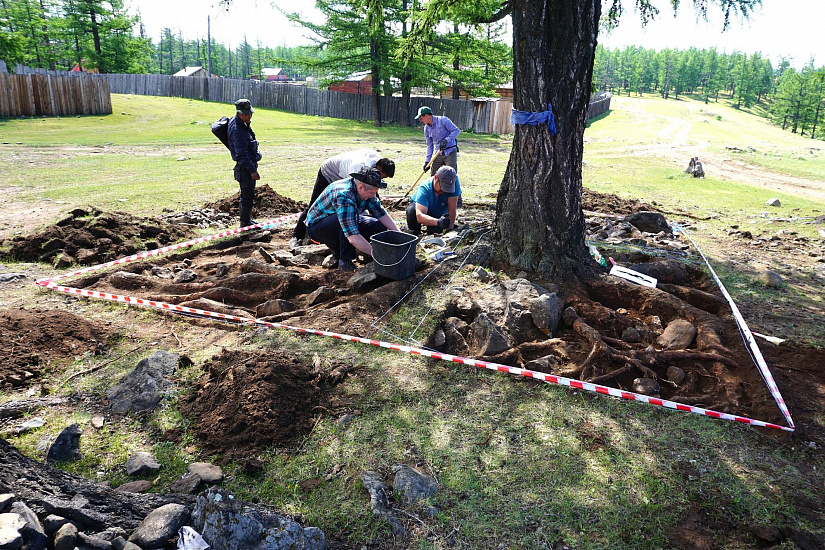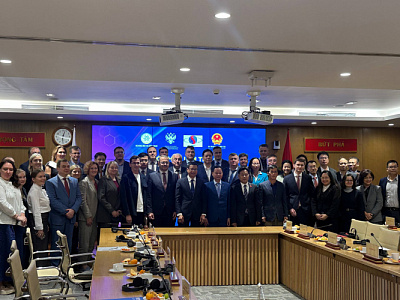INRTU Professor Artur Kharinskii Shared Results of Excavations on the Northern Shore of Khuvsgul
Archaeologists of INRTU together with colleagues fr om the Institute of Archaeology of the Academy of Sciences of Mongolia have successfully conducted excavations in the north of the Khuvsgul region. The scientists explored nine structures with artificial masonry, three of which are burials of X-XIII centuries and one burial of XIII-XIV centuries.
The expedition took place within the framework of the research project “Nomads on the Shores of Khuvsgul: Three Millennia of History”. The program aimed at exploring the shores of the Mongolian lake is designed for three years. Excavations of scientists will allow to understand how people living on this territory in the period fr om the I millennium BC to the middle of the II millennium AD interacted with the environment and their neighbors.
The expedition, which took place from June 25 to July 10, was headed by Artur Kharinskii, Professor of INRTU, scientific director of the Laboratory of Archaeology, Paleoecology and Life Systems of the Peoples of North Asia. In total 16 people joined the project, including INRTU students Dmitry Kichigin, Alexey Korostylev and Matvey Portnyagin. Each of them led field brigades.
According to Artur Kharinskii, the first excavations near the border settlement of Khanh were conducted by INRTU employees in 2006. For seven years Russian and Mongolian archaeologists worked on the northern shore of Khuvsgul. In 2020, the Russian-Mongolian project was suspended due to the pandemic.
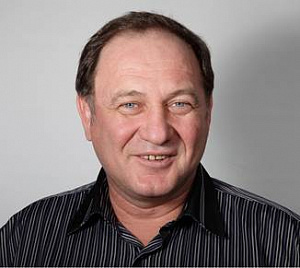
“Today our partner in the research on the territory of Lake Khuvsgul is the Institute of Archaeology of the Academy of Sciences of Mongolia. Within three years we intend to study the funerary complexes, which provide rich material for forming ideas about the life of the peoples of the northern Khuvsgul region,” explains Artur Kharinskii.
At the Urd Khyar-1 burial ground, scientists discovered two human burials and the remains of a horse. A teenager was buried in one of the graves. According to the specifics of the burial ritual and accompanying inventory, the burial was dated to the X-XIII centuries. A saddle was buried with the deceased, of which a birch bark covering and two iron stirrups remained. Another human burial was completely destroyed in antiquity. Only leg bones and an iron cross used for making fire remained undisturbed.
The remains of a horse were in a separate grave. Such a burial is the first of its kind found on the northern shore of Khuvsgul. Obviously, these are the remains of an animal that accompanied the owner to the afterlife. A part of the horse carcass was eaten during the funeral service for the deceased, and the skin with the head and legs was buried.
A single burial of a girl was excavated at the Urd Khyar-3 burial ground. A bronze mirror was found under the stones of the masonry covering the grave. Its front side is polished, the other side depicts carps swimming one after another. Their arrangement resembles the signs “yin” and “yang”, symbolizing harmony. Such scene is typical of Chinese culture, wh ere carps were considered a symbol of numerous offspring. The bones of the female skeleton are poorly preserved. Near the skull were found beads and vertically mounted tibia of a ram. Archaeologists attributed this burial to the period of the Mongol Empire.
“During one of our expeditions along the northeastern shore of Khuvsgul, we found interesting artifacts. Near the sandy beach we found over 100 iron armor plates from protective armor, five three-bladed arrowheads and a spearhead. No human bones were found near the objects. It is assumed that the things were purposefully hidden by an ancient blacksmith, because large iron slag was found together with the artifacts. Judging by the arrowheads, the finds can be dated to the VIII-X centuries.
We are satisfied with the results of the expedition. We managed to find artifacts dating from the VIII-XIV centuries. This allows us to make significant progress in the study of the burial ritual of the inhabitants of Khuvsgul, to form a picture of their everyday life and sacral representations in different periods of time. All artifacts discovered during the excavations remained on the territory of Mongolia, wh ere they will undergo the necessary analysis and conservation.
Two more archaeological field seasons are to be conducted within the framework of this project. Based on the results of the excavations, together with our Mongolian colleagues, we plan to publish a book and a series of scientific articles,” stated Artur Kharinskii.
After the excavations, some of the archaeologists, including Artur Kharinskii, went on an expedition dedicated to the 160th anniversary of the Russian traveler Pyotr Kozlov. It should be noted that financial support for the two archaeological projects was provided by Georgy Rykov, head of the Best group of companies from St. Petersburg.

